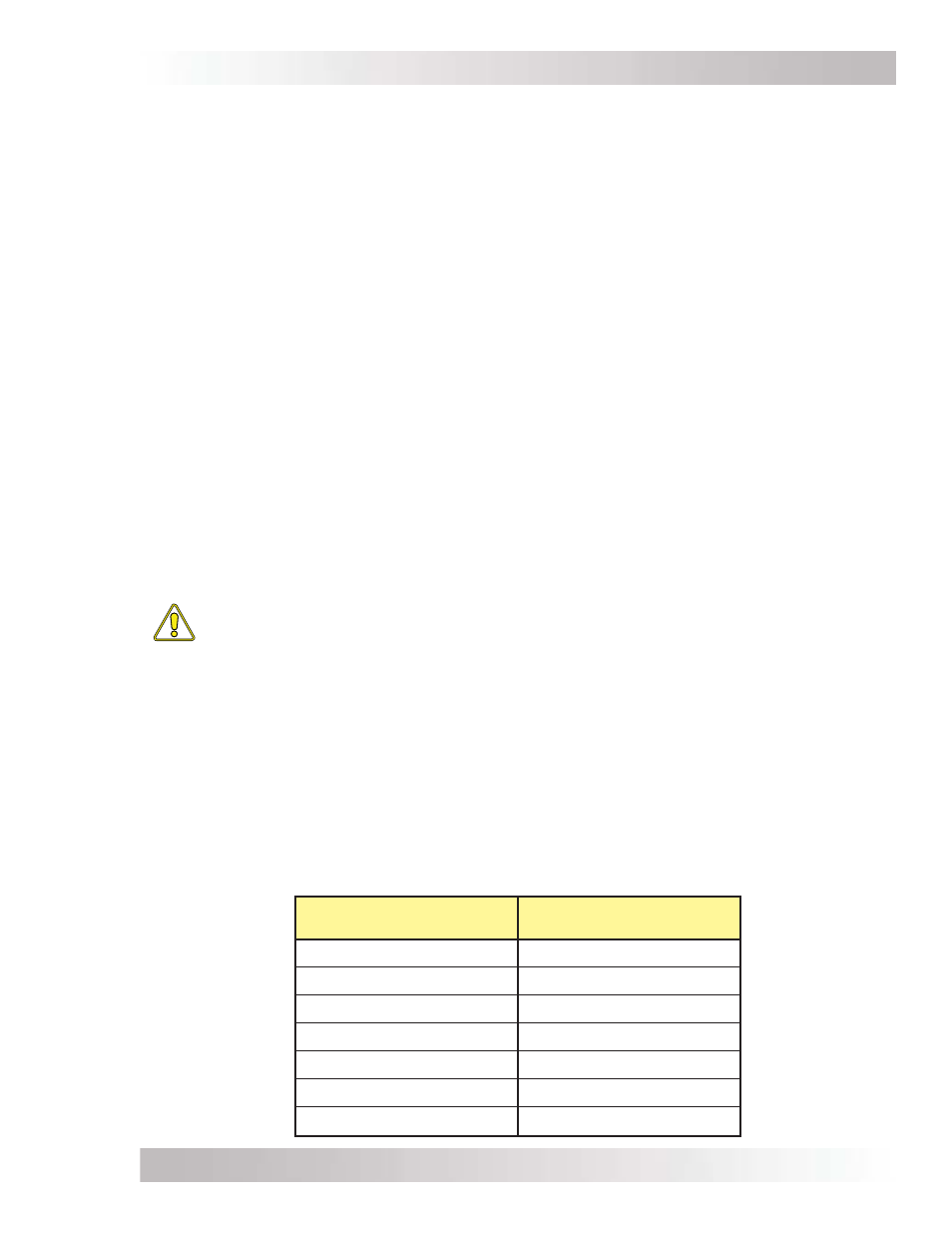6 grounding inverters – Magnum Energy ME-G Series User Manual
Page 34

Page 25
©
2015 Sensata Technologies
Installation
2.6 Grounding
Inverters
The inverter/charger should always be connected to a permanent, grounded wiring system. An
inverter system that is properly grounded will limit the risk of electrical shock, reduce radio
frequency noise from the inverter, and minimize excessive surge voltages induced by lightning.
This is done by ensuring there is a well-defi ned, very low-resistance path from the electrical
system to the grounding system. This low-resistance path helps stabilize the electrical system
voltage with respect to ground and carries fault currents directly to ground if the electrical system
malfunctions.
The ME-G Series inverter/charger uses both AC and DC power. However, the AC electrical system
is isolated from the DC electrical system by an internal transformer. Although this inverter/charger
has two electrical systems, each electrical system must be properly grounded and connected to
a common point.
For proper grounding, each electrical system must connect all exposed metal parts of equipment
and one of the current carrying conductors together at a common point. This common point of
each electrical system is then connected to the common ground reference. This connection to the
common ground reference should only be made at one point in each electrical system; otherwise,
parallel paths will exist for the currents to fl ow. These parallel current paths would represent a
safety hazard and are not allowed in installations wired per the NEC/CEC.
2.6.1 Equipment
Grounding
The inverter case and all other non-current carrying exposed metal surfaces in the entire electrical
system that may be accidentally energized must be grounded. The equipment-grounding
conductor must be sized to safely carry the maximum ground-fault current likely to be imposed
on it from where a ground-fault may occur. In accordance with the NEC, use Table 2-4 to size the
equipment-grounding conductors. This table requires that the equipment-grounding conductor be
sized according to the rating of the overcurrent device protecting the circuit.
CAUTION: The connections and wiring for the equipment-grounding conductor must
be continuous to allow fault currents to properly operate overcurrent devices. Where
equipment is removed and this disconnects the bonding connection between the
grounding electrode conductor and exposed conducting surfaces, a bonding jumper
must be installed while the equipment is removed.
AC Side – Where the AC output from the inverter is connected to an AC load center, there should
be an equipment grounding conductor connected between the inverter case and the grounding
point in the AC load center. The AC equipment grounding conductor is sized per Table 2-4, and is
connected to the inverter’s AC equipment grounding terminal as shown in Figure 2-8.
DC Side – Since the currents on the DC side are higher than the AC side (10 times at 12 volts),
the equipment grounding needs are different. The DC equipment grounding conductor is sized
per Table 2-4, and connected to the DC equipment grounding terminal on the inverter as shown
in Figure 2-15.
Table 2-4, Equipment Grounding Conductor Sizing
Rating of Overcurrent
Device
Minimum Size of
Copper Ground Wire
15 amp
#14 AWG (2.1 mm
2
)
20 amp
#12 AWG (3.3 mm
2
)
30-60 amp
#10 AWG (5.3 mm
2
)
100 amp
#8 AWG (8.4 mm
2
)
200 amp
#6 AWG (13.3 mm
2
)
300 amp
#4 AWG (21.1 mm
2
)
400 amp
#3 AWG (26.6 mm
2
)
